In September of 2022, NASA purposely flung a spacecraft onto an asteroid named Dimorphos. This test — called NASA’s Double Asteroid Redirection Test (DART) — was designed to see how a collision could impact space rocks.
Now, scientists are learning that this collision did indeed deform the asteroid Dimorphos. However, intriguingly, the asteroid seems to have healed itself. It has since been reshaped.
DART’s Mission
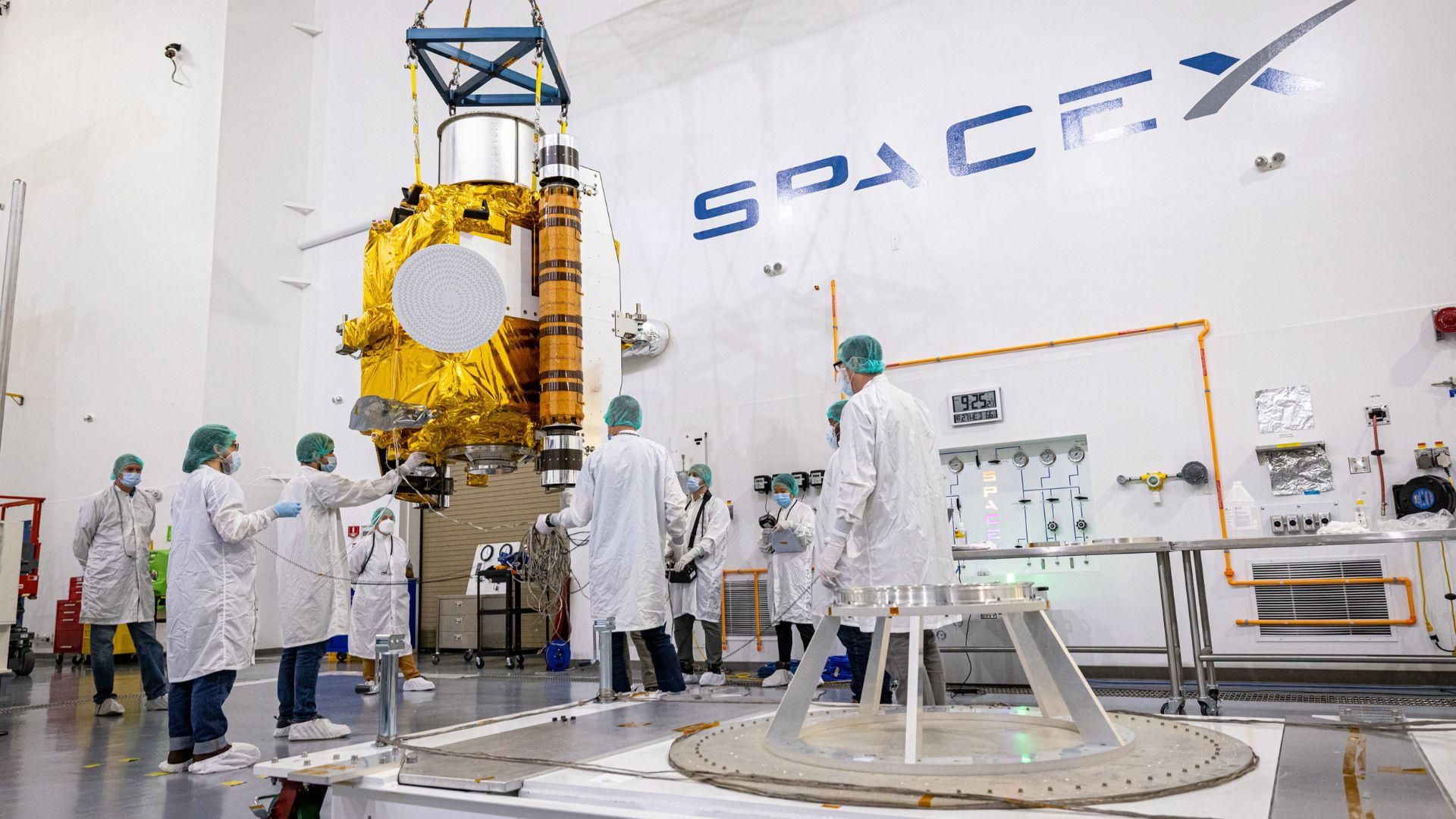
Scientists have long thought up plans of what they could do if an asteroid or space rock was heading towards Earth. In an attempt to potentially save the planet from a harmful collision, DART was invented.
DART’s mission in 2022 was all an attempt to see if an asteroid could be moved off its path. Scientists wanted to see if they could deflect an asteroid through kinetic means, just in case one heads to Earth in the future.
DART’s Successful Attempt
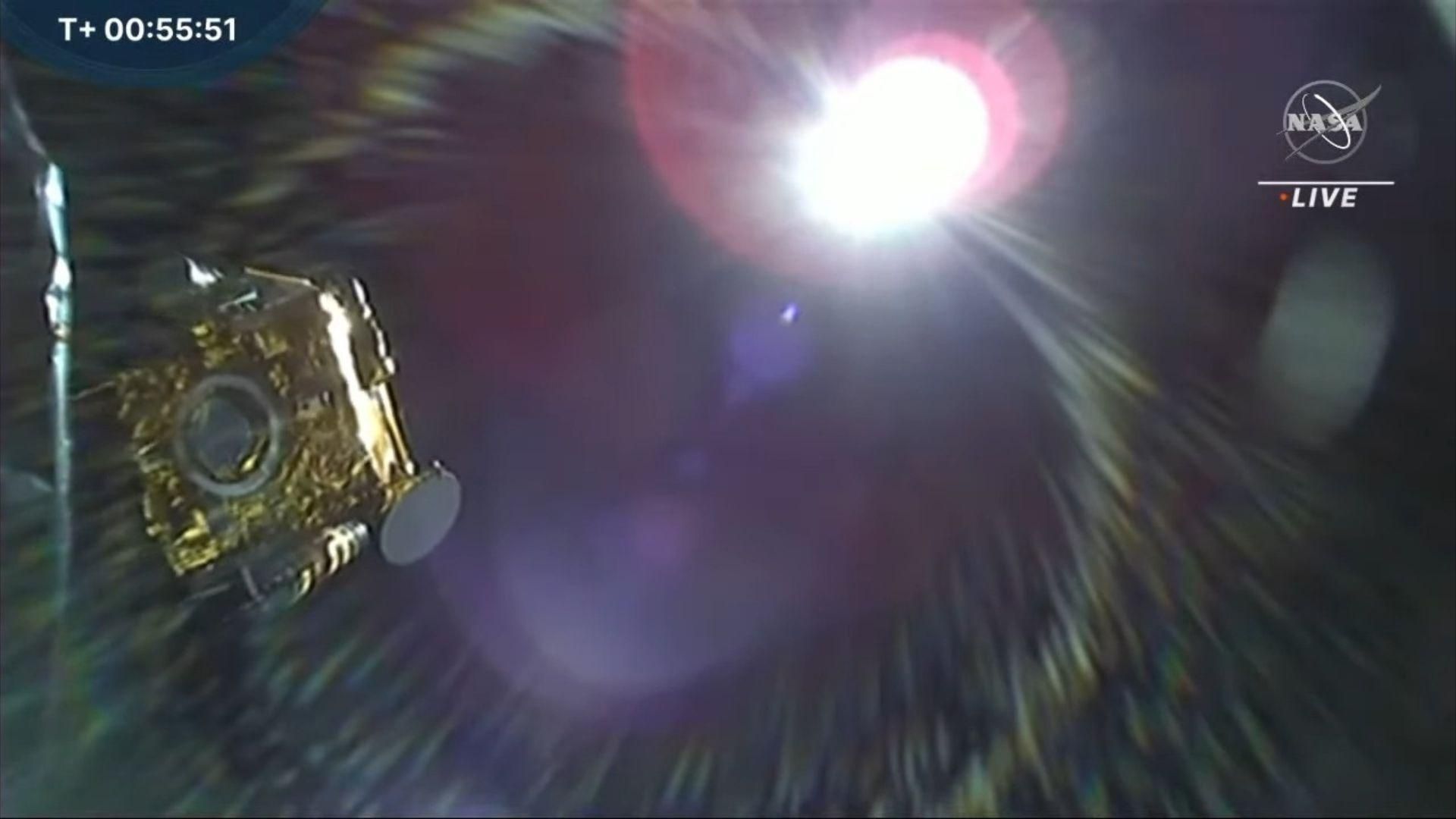
In many ways, DART’s mission was successful. NASA sent a 1,300-pound spacecraft into the asteroid Dimorphos. Dimorphos orbits Didymos, a 2,560-foot space rock, and is therefore a part of a binary asteroid system.
Soon after the collusion was successful, scientists paid extra attention to Dimorphos to see what this collusion did to it. Immediately, they saw that DART did what it needed to do. Now, many believe that this could truly help us were an asteroid ever to be on a path directly to Earth.
Dimorphos’ Strange Movement
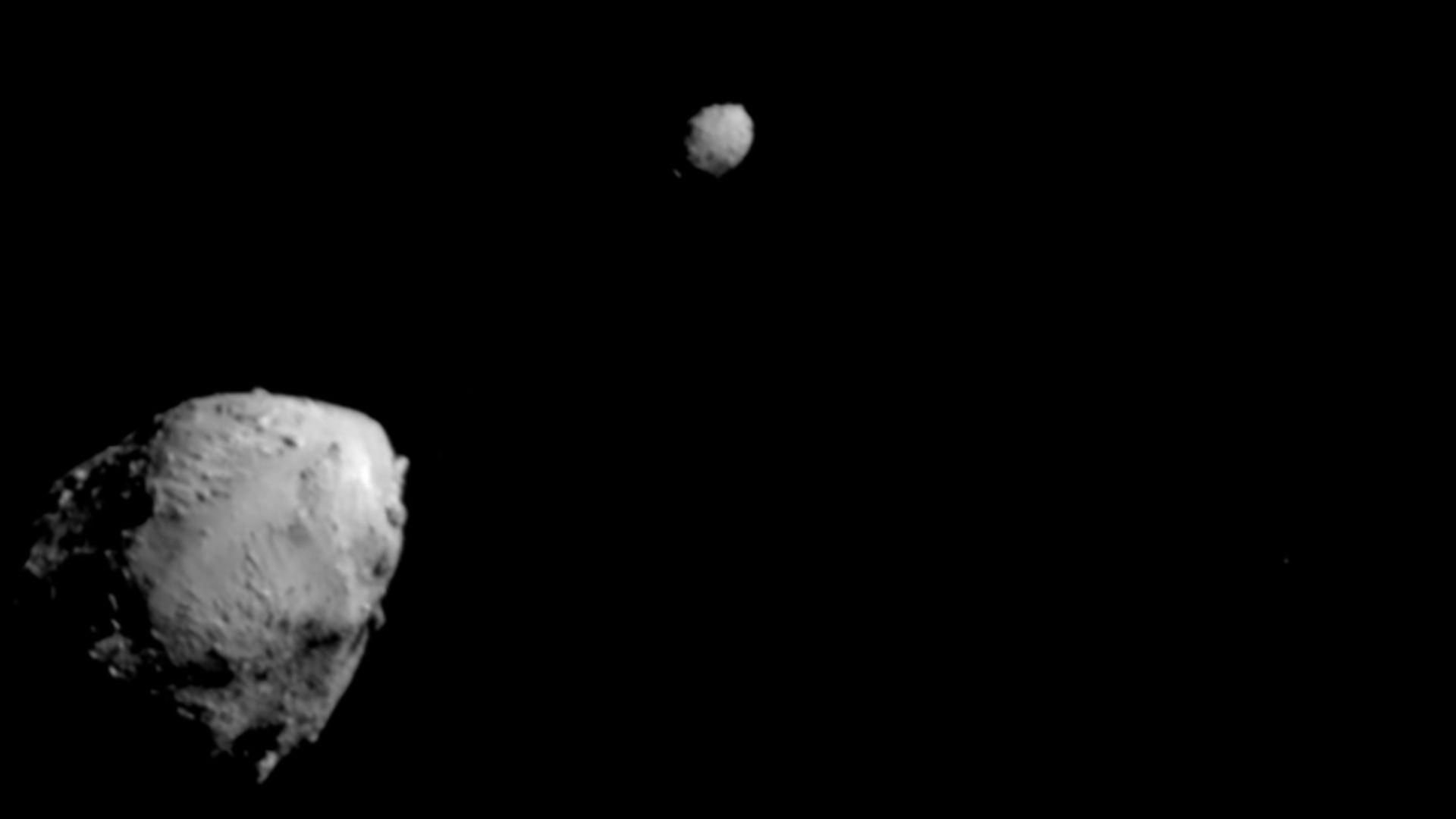
About a year after DART’s successful mission, scientists began to notice something odd about Dimorphos’ movement. Many quickly said that it appeared the rock was moving strangely.
“The simulation results based on observations of the asteroid Dimorphos have shown that the asteroid now orbits around its larger companion [Didymos] 33 minutes slower than before,” Ian Whittaker, a Nottingham Trent University senior lecturer in physics, said.
Dimorphos’ Surface Was Affected
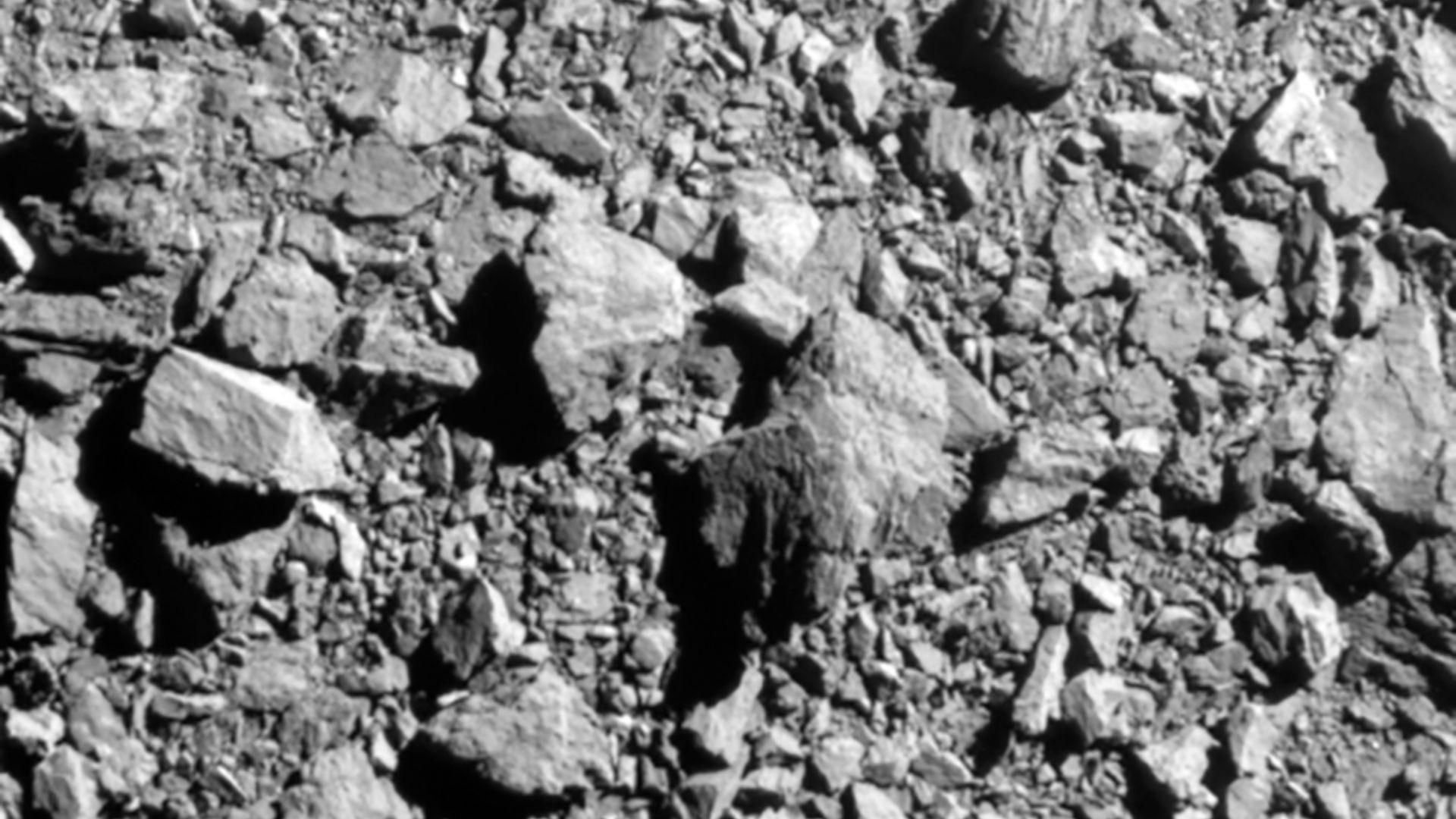
Now, a few months later, a little over a year after DART’s mission, we’re learning even more about what happened to Dimorphos after it collided with a NASA spacecraft.
According to a new paper, Dimorphos’ structure is loose and weakly held together. At first, scientists believed that the collision would leave a large crater on the rock’s surface. Indeed, it appeared that some level of deformation did occur.
Dimorphos Reshaped Itself

However, now that crater does not exist on the space rock. Thanks to its loose structure that gravity weakly holds together, Dimorphos was able to reshape itself entirely. This process is called global deformation.
In this new paper, the authors explained, “In all impact scenarios simulated here, the DART impact does not produce a conventional impact crater but instead causes global deformation of the target.”
The Changing Of Asteroid Orbits

Therefore, DART’s mission changed the speed of Dimorphos, as well as its shape. Though Dimorphos was able to reshape itself, the asteroid clearly went through a lot of alterations.
Scientists also now believe that Dimorphos’ entire orbit was also impacted. This change in orbit may have been from the collision, which is why it slowed down. It could also be because it changed its shape.
How Dimorphos’ Orbit Was Affected
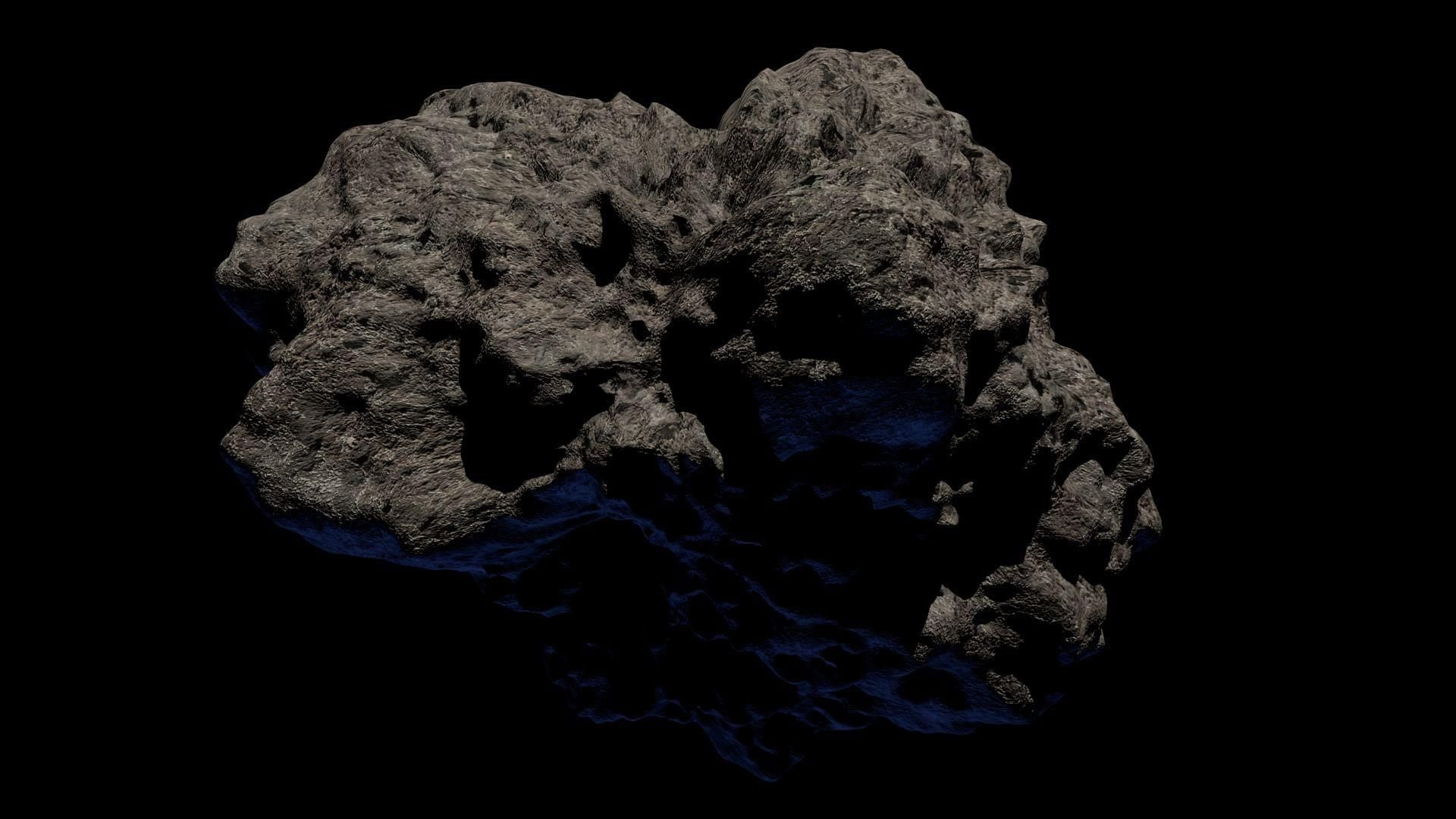
“A global deformation of Dimorphos would have modified the gravitation field between Didymos and Dimorphos with important implications for its orbit,” the paper said. So, the changing of the asteroid’s shape plays a huge part in orbit, according to researchers.
“The shape change would cause an additional perturbation to Dimorphos’s orbit, on top of those caused by the spacecraft momentum and ejecta recoil, and this effect can account for a few seconds to several minutes of the observed orbit period change (~33 min), depending on the magnitude of the deformation,” the authors explained.
Asteroids Like Dimorphos Can Be Deflected

This latest paper has intrigued many scientists, but it has also proven that DART’s overall mission was more than slightly successful. Scientists now have a lot of information to work off of in their studies on deflecting asteroids.
This paper concludes that some asteroids — such as loosely constructed ones like Dimorphos — could potentially be deflected if it was heading towards Earth.
Other Asteroids May Not Be Deflected

Since Dimorphos has an interesting, loose construction, there’s no telling if other asteroids could be successfully deflected from Earth. Therefore, scientists have concluded that something like DART may not work on every asteroid composition.
More studies — and keeping an eye on Dimorphos — may help scientists better understand deflecting asteroids.
Predicting Asteroids Remains The Key
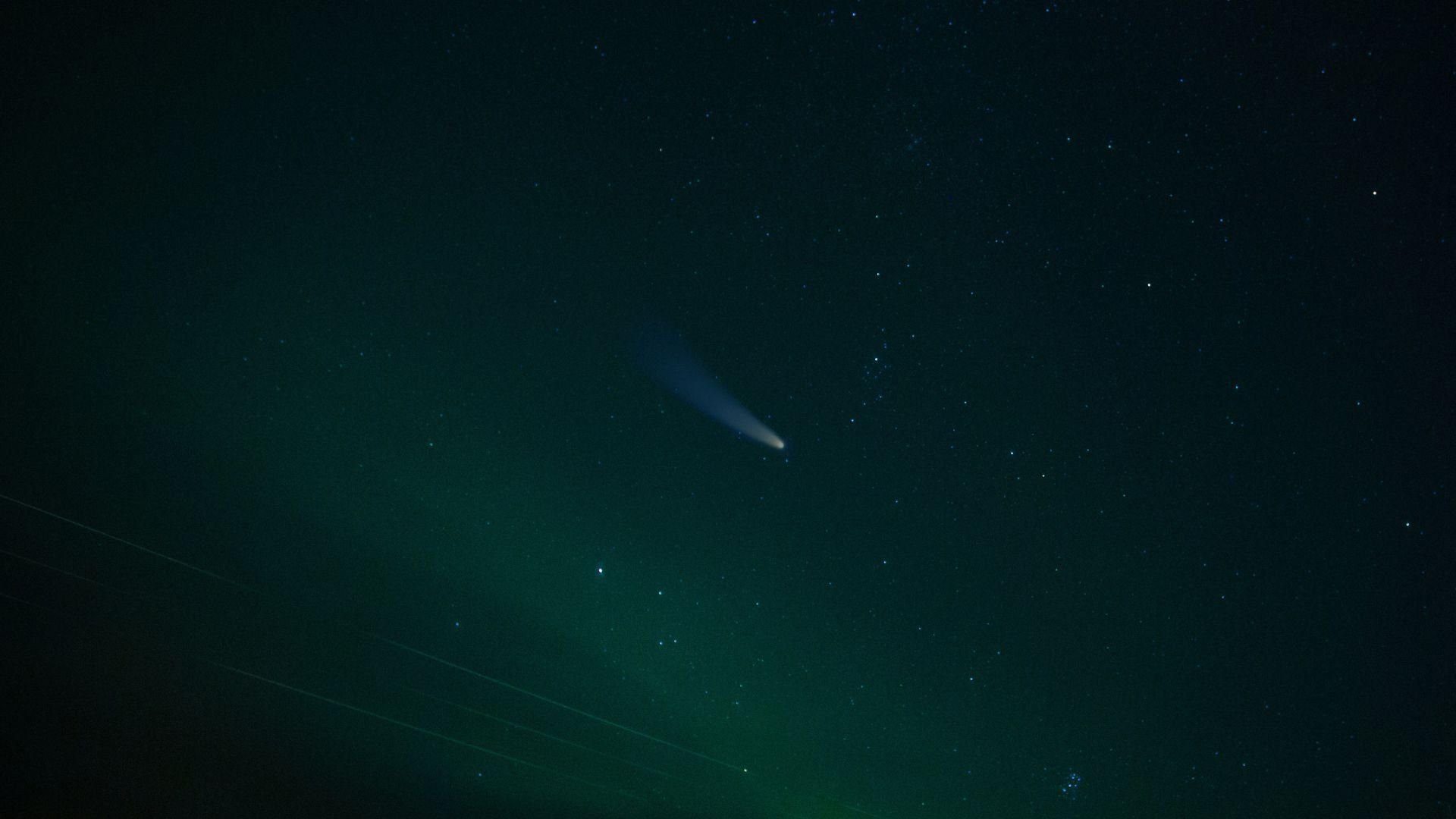
To truly stop an asteroid from harming Earth, scientists say they need to see it well before it even comes close to Earth. In best cases, they should see the asteroid on its path before it even gets into our Solar System.
“The big variable here is how much warning we will have, because a change in orbit of 30 minutes — as was observed when DART struck Dimorphos — will make little difference if the asteroid is already very close to Earth,” Whittaker wrote.
A New Look At Asteroids’ Surfaces
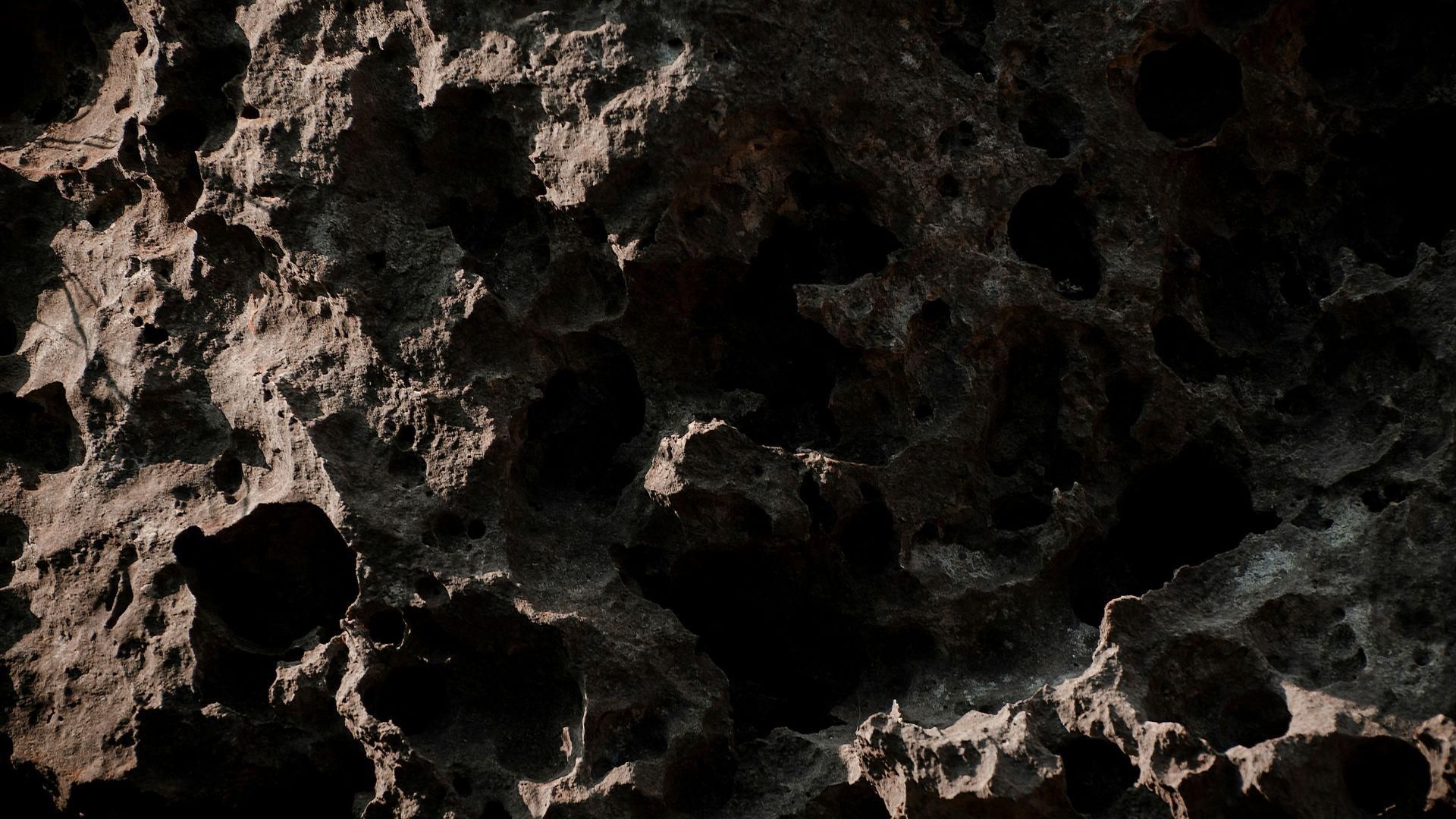
One other positive from the DART mission is the new information scientists have on how some asteroids have their surfaces formed. They can use this information to learn more about the formation of certain space rocks.
“Since the DART spacecraft probably caused global deformation of Dimorphos, we can infer that similarly formed asteroid moons are easily reshaped and their surfaces are relatively young,” the paper explained. “Overall, the findings of this study provide valuable information for understanding the formation and characteristics of binary asteroids and will inform future exploration and asteroid deflection efforts.”
